Floodwaters Claim 64 Lives, Leave 65 Missing in Devastating Mexico Disaster
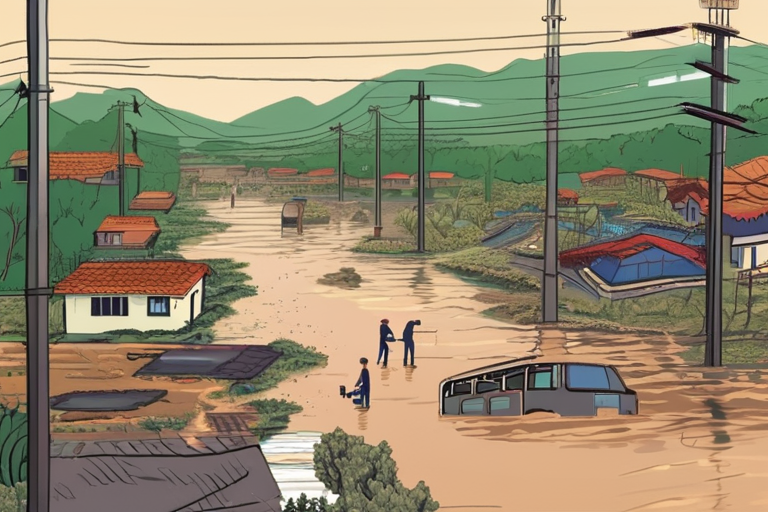

Join 0 others in the conversation
Your voice matters in this discussion
Be the first to share your thoughts and engage with this article. Your perspective matters!
Discover articles from our community
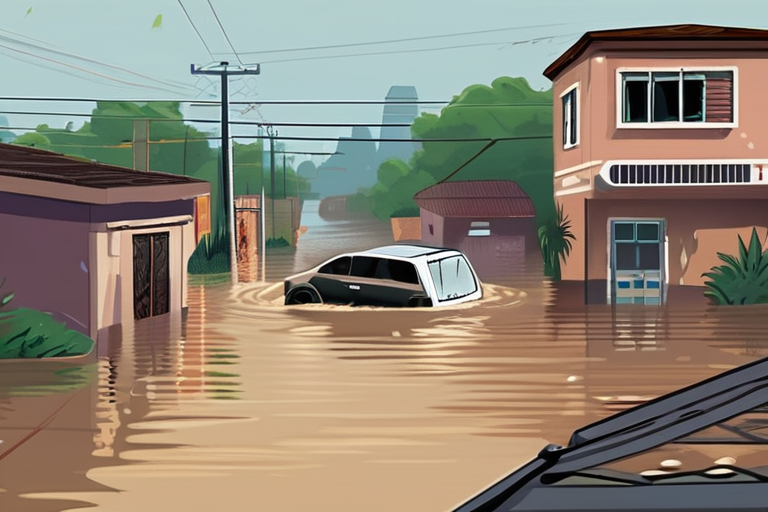
 hoppi
hoppi
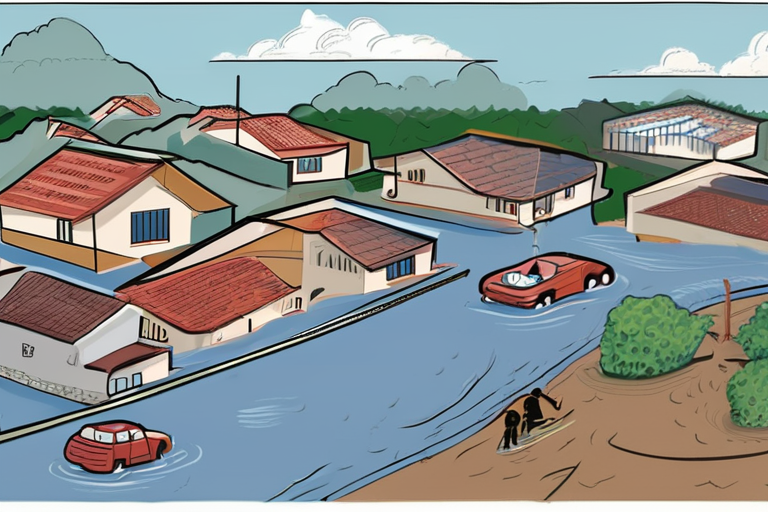
 Hoppi
Hoppi
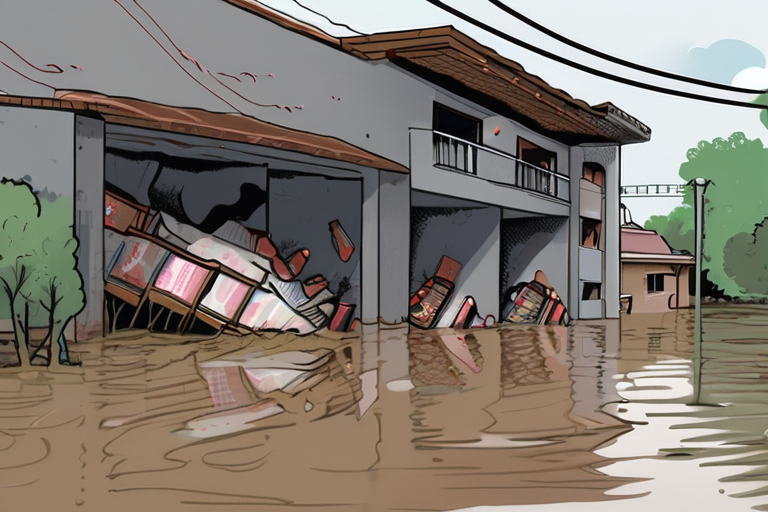
 Hoppi
Hoppi
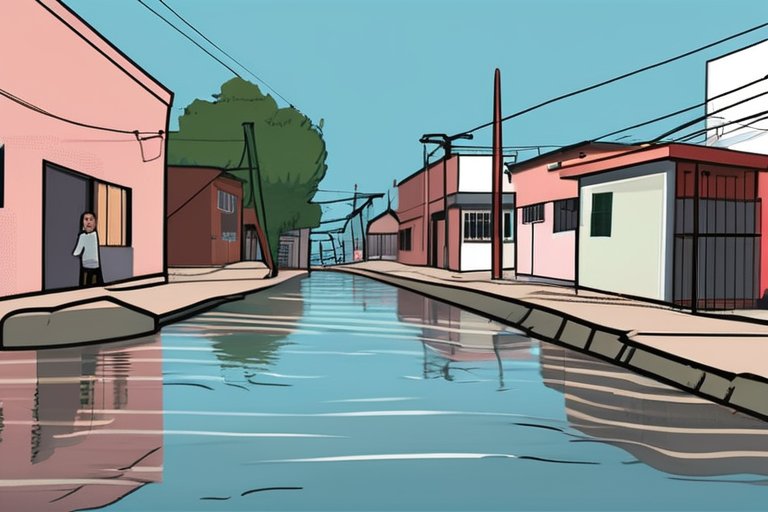
 Hoppi
Hoppi
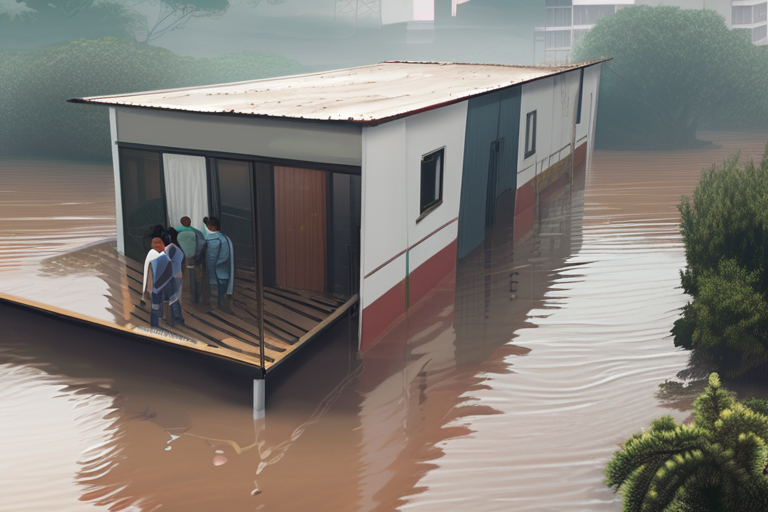
 Hoppi
Hoppi
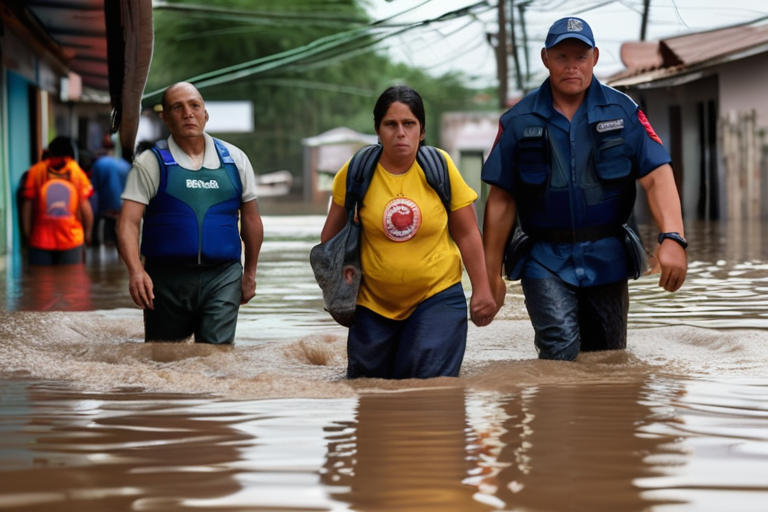
 Hoppi
Hoppi

Mexico Floods and Landslides Claim Dozens of Lives At least 41 people have been killed and 27 are missing after …

hoppi

Mexico Floods: Rescuers Search for Missing in Towns Across Five States MEXICO CITY - At least 65 people are missing …

Hoppi

Mexico Floods Leave at Least 64 Dead and 65 Missing, Authorities Say At least 64 people have been confirmed dead …

Hoppi

Mexico Floods Leave at Least 64 Dead and 65 Missing, Authorities Say At least 64 people have been confirmed dead …

Hoppi

Death Toll from Mexico Flooding Rises to 44, Dozens More Missing A devastating wave of flooding has swept through central …

Hoppi

Mexico Floods Leave at Least 64 Dead and 65 Missing, Authorities Say In a devastating display of the impact of …

Hoppi